One of the National Trust's most unique properties is located in Staffordshire near the town of Kinver. The property contains many acres of wilderness with views and the popular rock houses that were once lived in. On top of the hill is an iron age hill fort. With many acres to explore, it is easy to spend part of a day here. I saw what I wanted to see in a morning with an early trek first across the forest to see the abandoned rock houses.
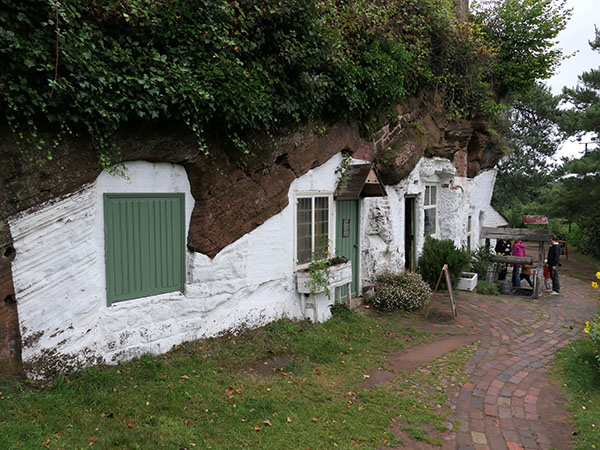
I had an early start, and I wanted to have a short trek to a couple of the abandoned rock houses on the map at Kinver Edge. The day started out to be a dreary one with cloud and damp; I avoided most of the rain as it halted until I was nearly back to the car. There are some good views over the landscape here.
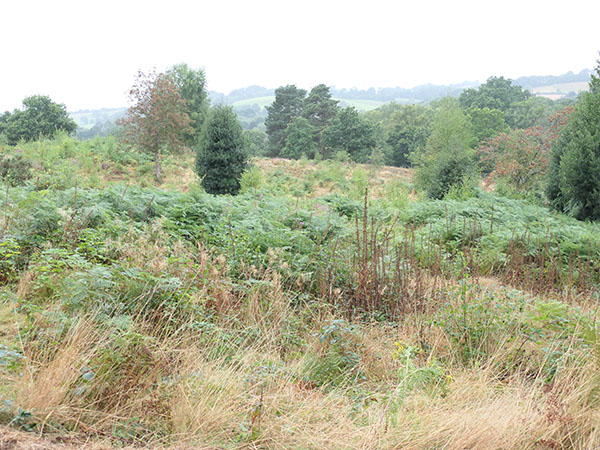
The first rock houses that I came across were in an abandoned area, and these were known as Vale Rock. There is an old well and a lot of rooms of the houses and brick work. It was a little bit creepy.
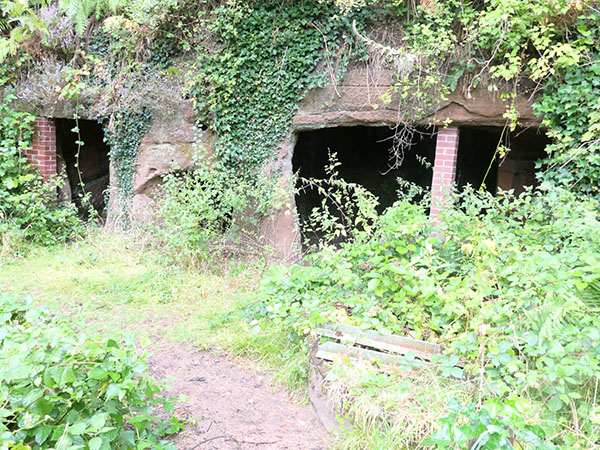





After visiting Vale Rock, I headed along the trail toward Nanny's Rock. Most of the trail was through forest.
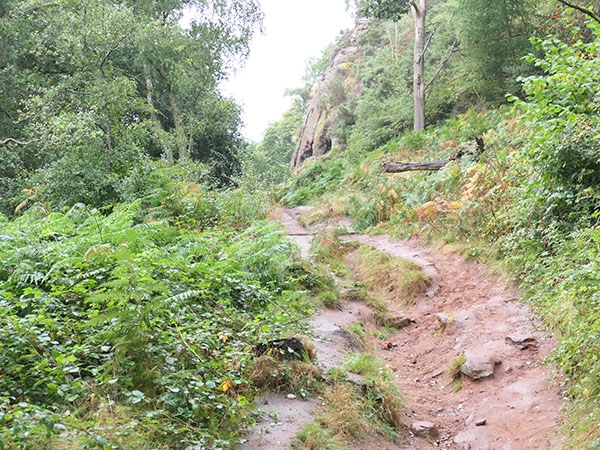
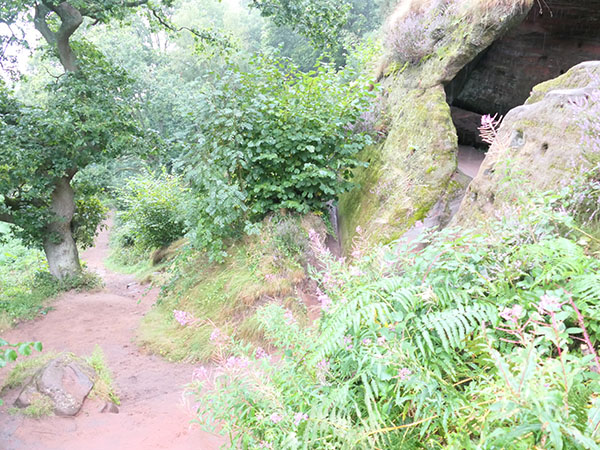
Nanny's Rock was lived in by a women named Meg-O-Fox-Hole, who was known for making herbal potions and who died in 1617.
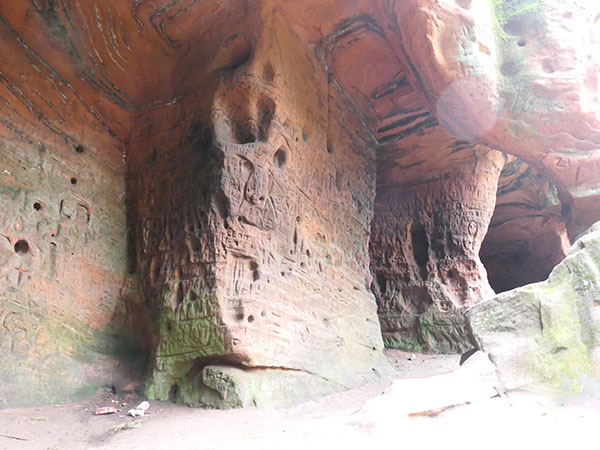

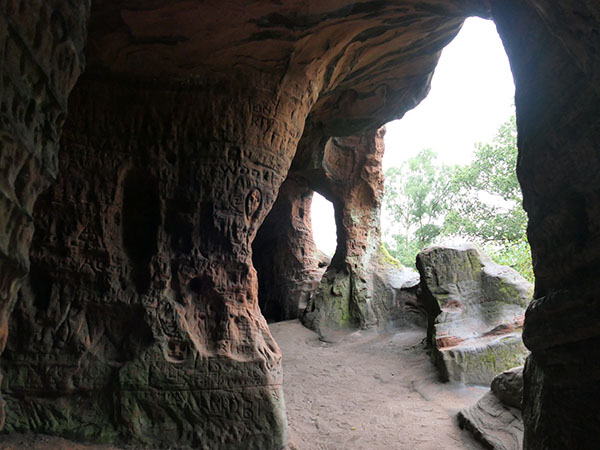
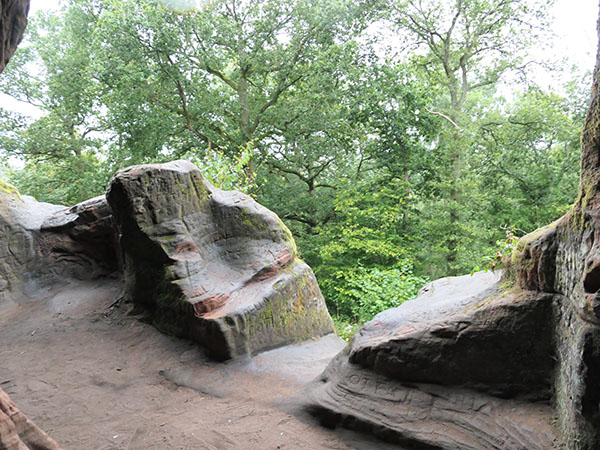
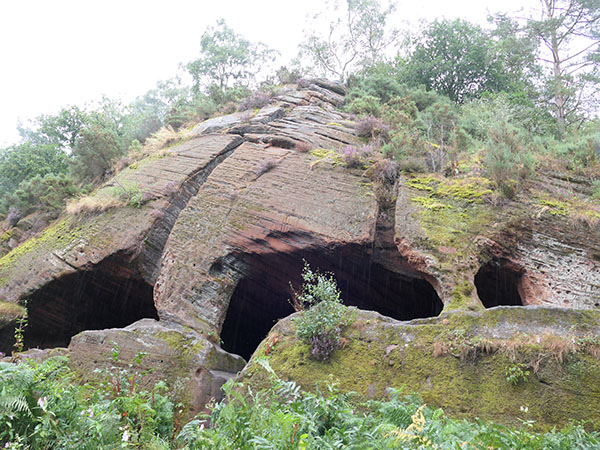
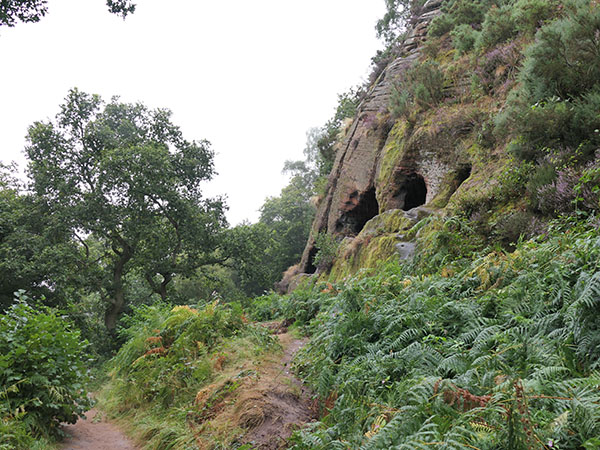
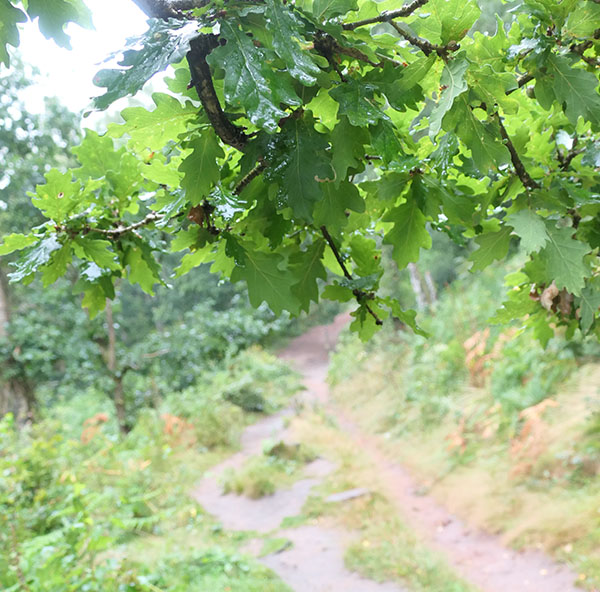
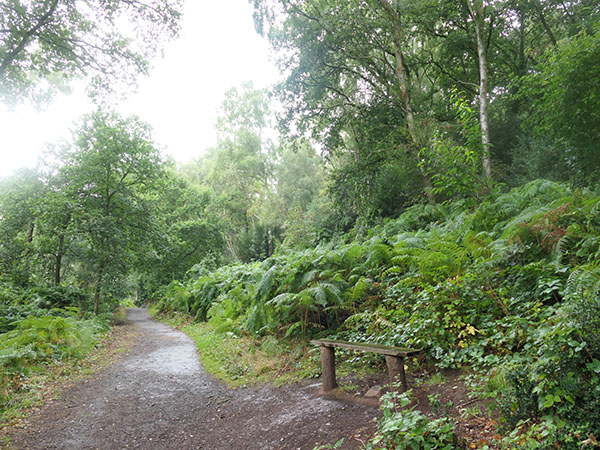
I headed back to the car and then parked at the rock houses that have been retained for show. These are the Holy Austin Rock Houses.
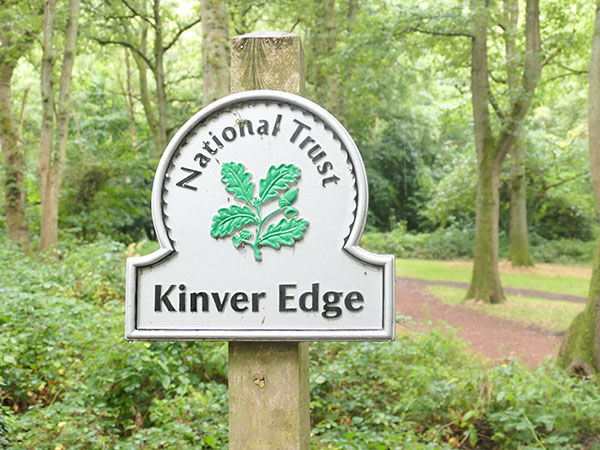
Before they opened for the day, I had a walk up to the hill fort just above the rock houses. The hill fort dates from the Iron Age.
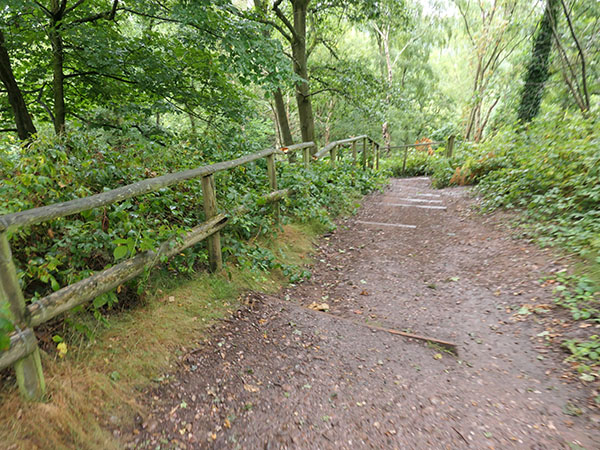
Below is the location of where the fort stood.
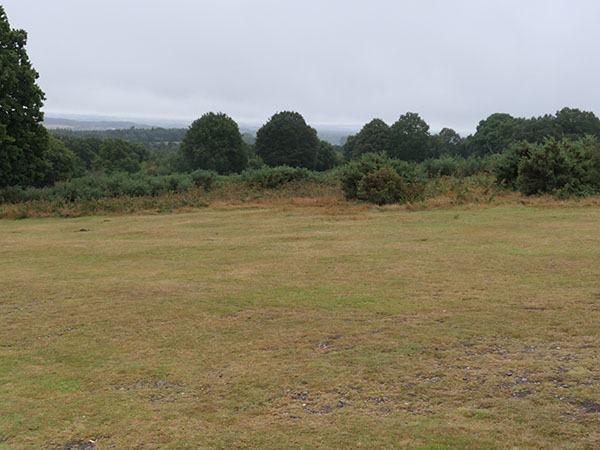
The views were amazing, even on a cloudy day.
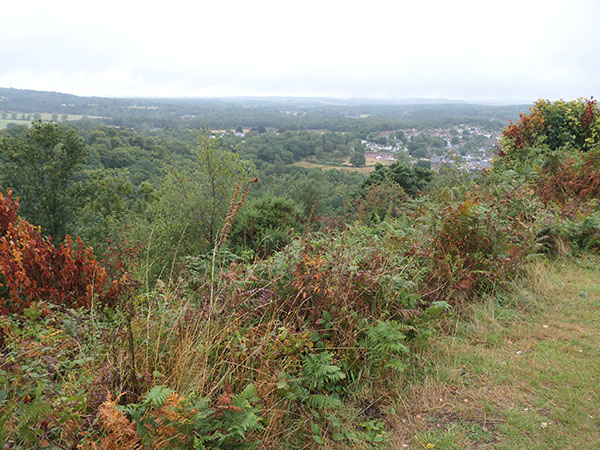
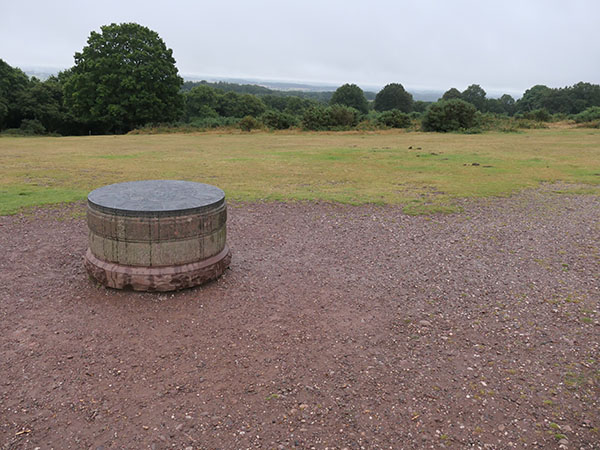
After the hill fort, I went to check out the rock houses themselves. The history of the landscape here dates from the days when the land mass of the United Kingdom was dessert. In the 1750s, there was a permission to live in the rocks at Kinver, but peopl were probably living in them earlier than this. This area would have been lived in by quarry workers and others moving to look for work in the ironworks. In the middle of the 1800s, the rock houses were at their busiest with 11 homes and nearly 50 people living in them.
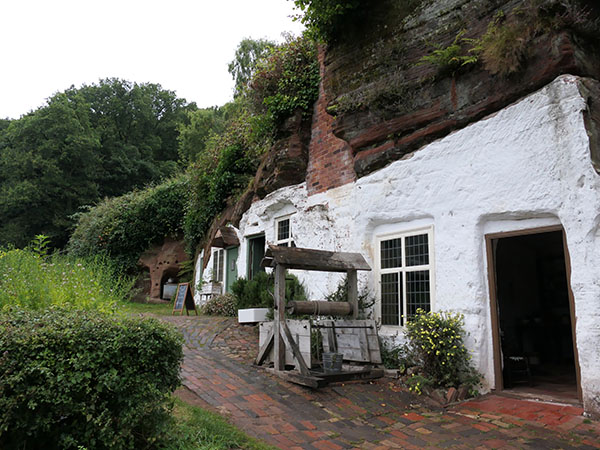
The rock houses could be chiseled to make room for some larger furniture, and the children could throw items down the chimneys. They were lived in until the 1930s.
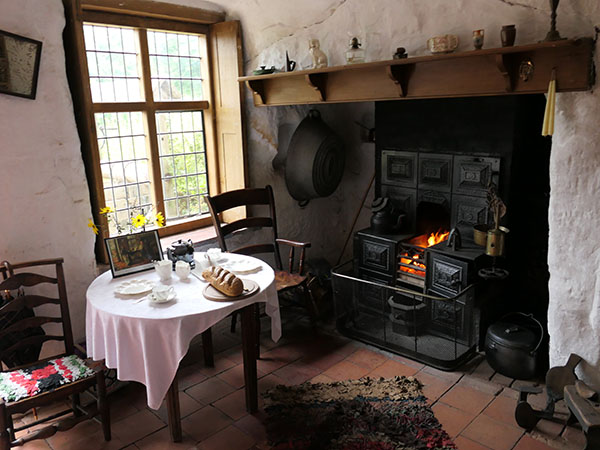
The rock houses were restored and kept as a tourist attraction in 1990 with some rooms open to show how people would have lived here in the early 1900s.
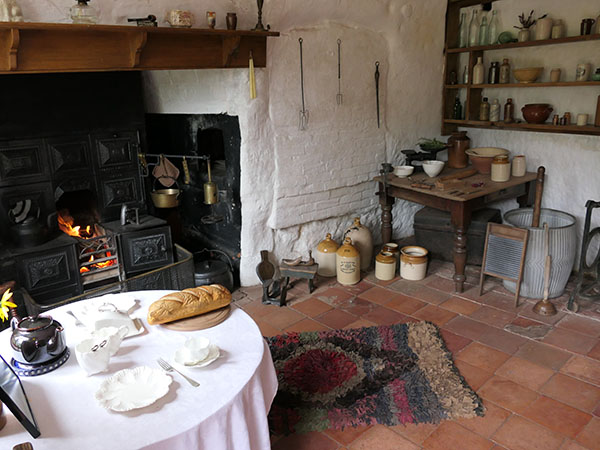
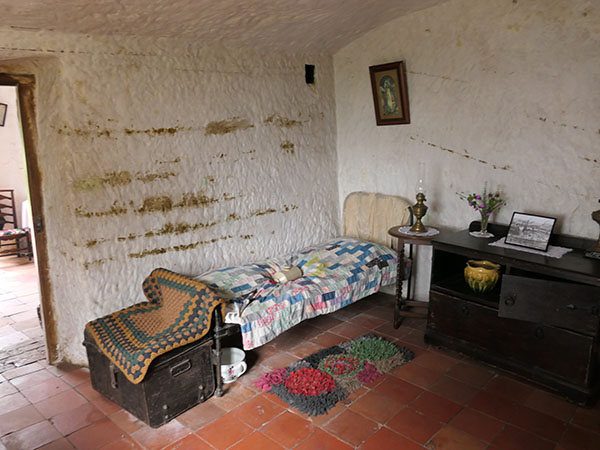
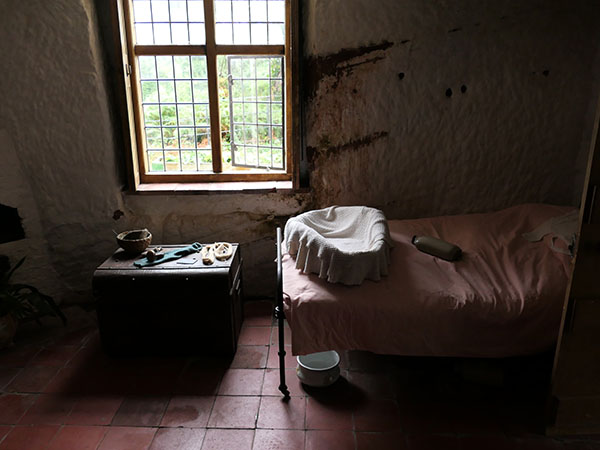
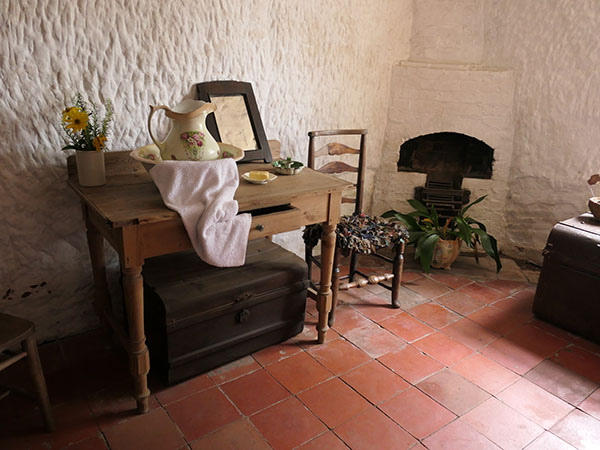
The main house has a tunnel connecting to what is known as "the ball room", which is a huge cave area. Bats live in one of the other cottages.
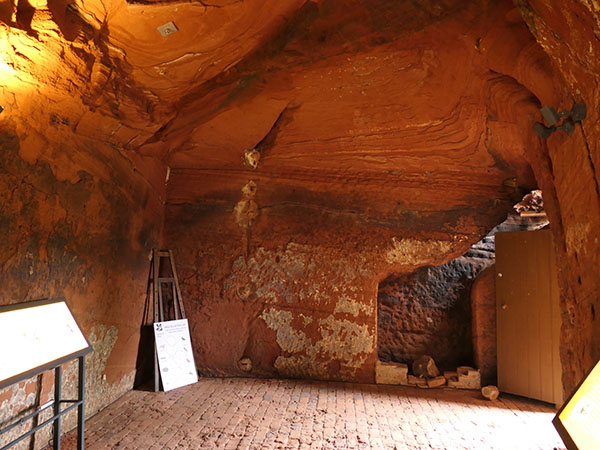

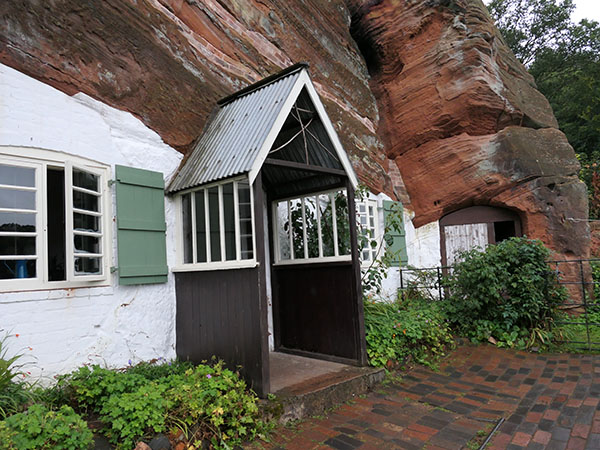
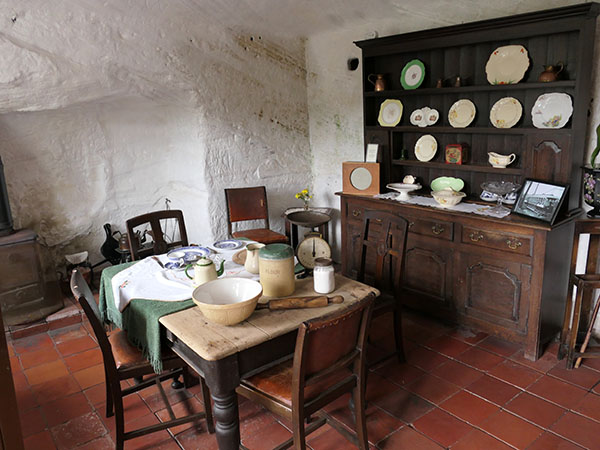
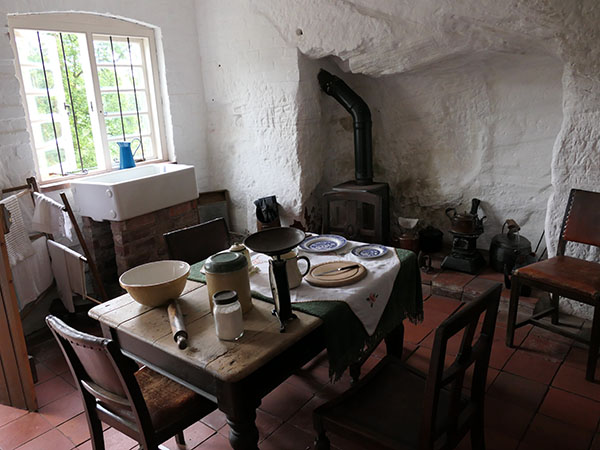
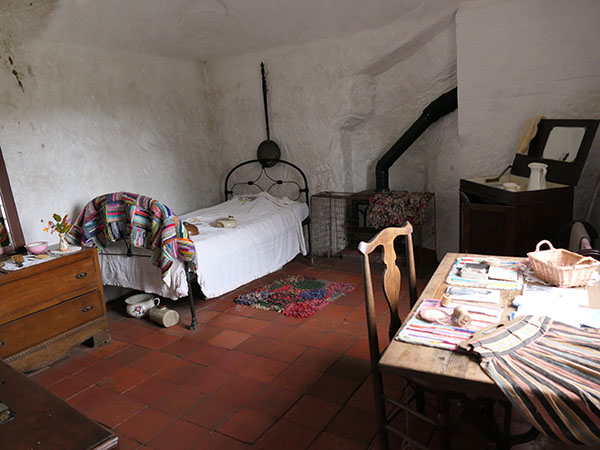

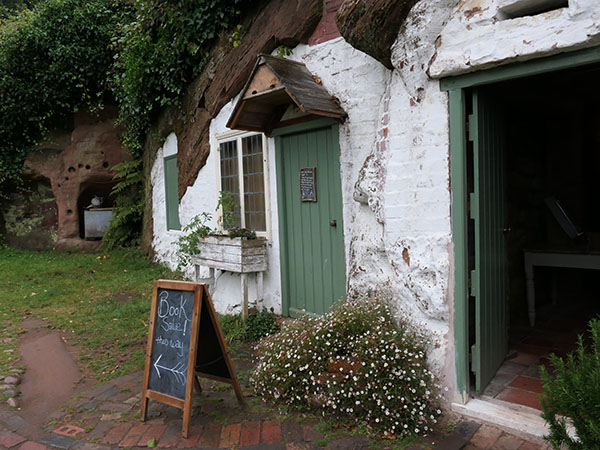
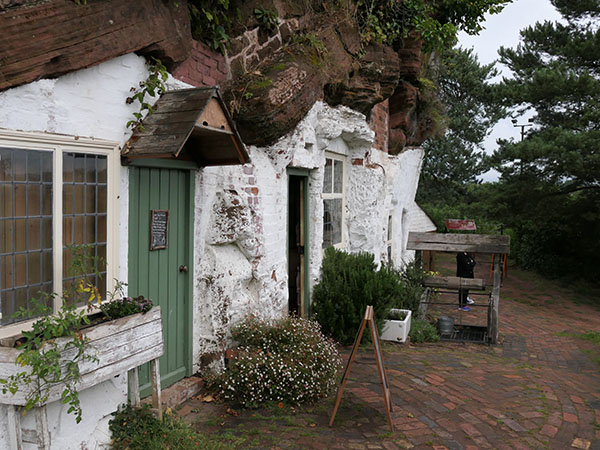
There is even an outhouse on the way up.
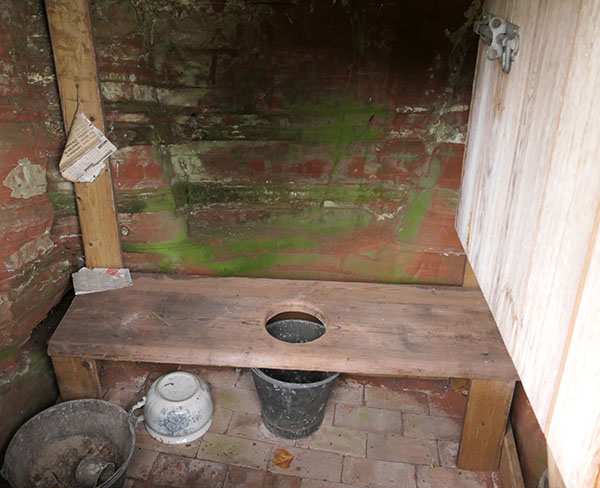
Above those rock houses are additional rock houses, which now make up the cafe.
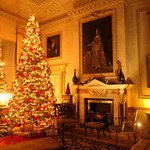
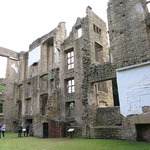
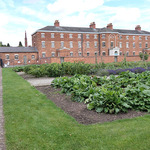
Leave a comment